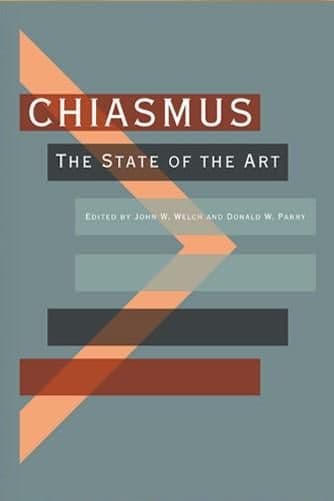Book
17 Chapters

Abstract
Gary A. Rendsburg, “Chiasmus in the Book of Genesis,” examines three sweeping chiastic structures in the following Ancestral Narratives of the text of Genesis—Abraham (Gen 11:27–22:24), Jacob (Gen 25:19‒35:22), and Joseph (Gen 37‒50). For each of the three structures, Rendsburg points out the various elements that constitute the chiasmus —the focal point and the mirrored elements that exist on each side of that focal point. Mirrored elements include both narrative themes and specific lexical items. The three chiastic structures are identified and developed in Rendsburg’s book The Redaction of Genesis. In this 2017 proceeding, Rendsburg presents new material, arguing that the major themes of the focal points of the three chiasms for the Ancestral Narratives are, respectively, the covenant (Abraham Cycle), the land of Caanan (Jacob Cycle), and the people of Israel (Joseph Cycle). The same three major themes, proffers Rendsburg, create the essential message of the Hebrew Bible.
Book
17 Chapters
Items in the BMC Archive are made publicly available for non-commercial, private use. Inclusion within the BMC Archive does not imply endorsement. Items do not represent the official views of The Church of Jesus Christ of Latter-day Saints or of Book of Mormon Central.